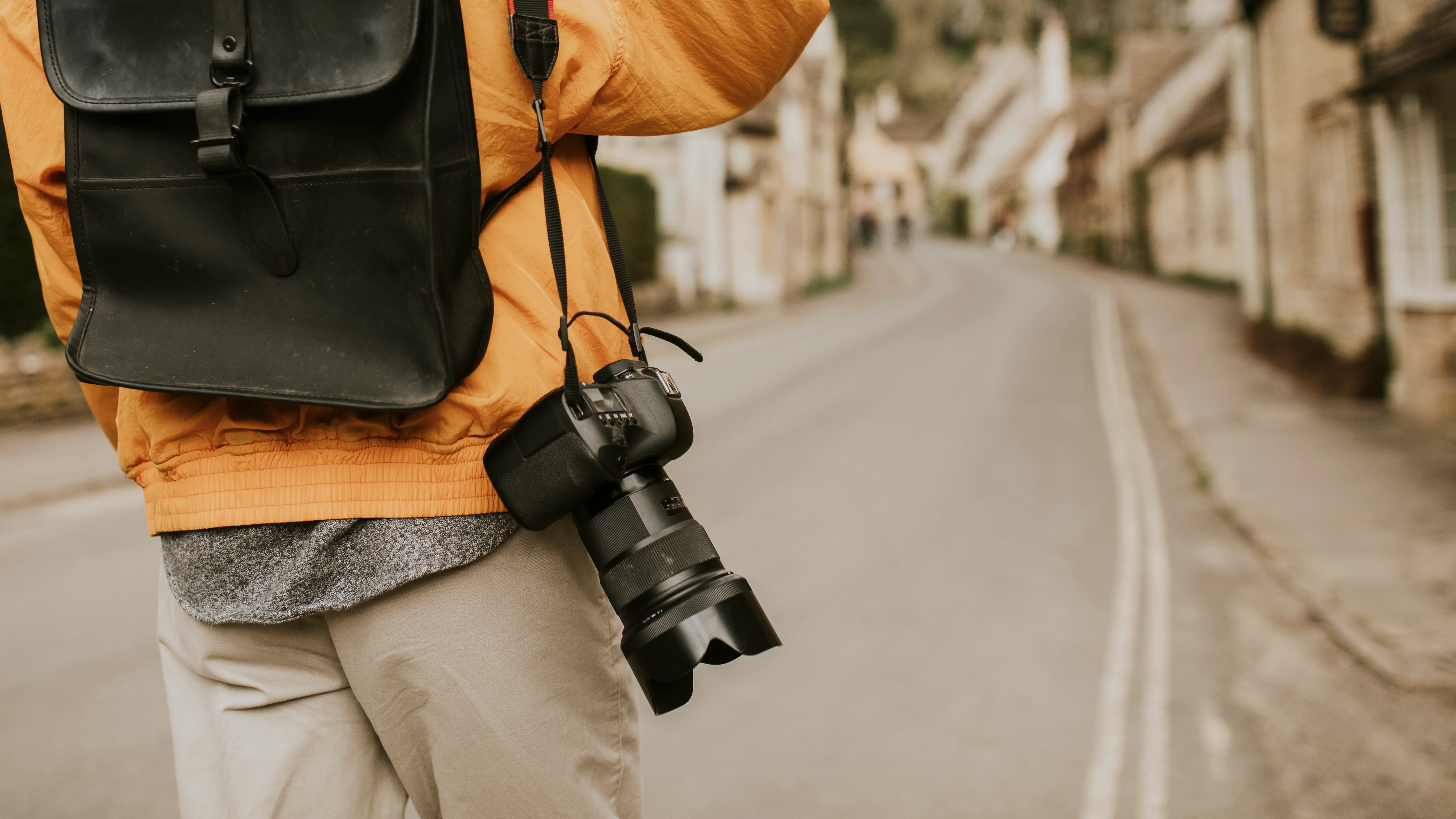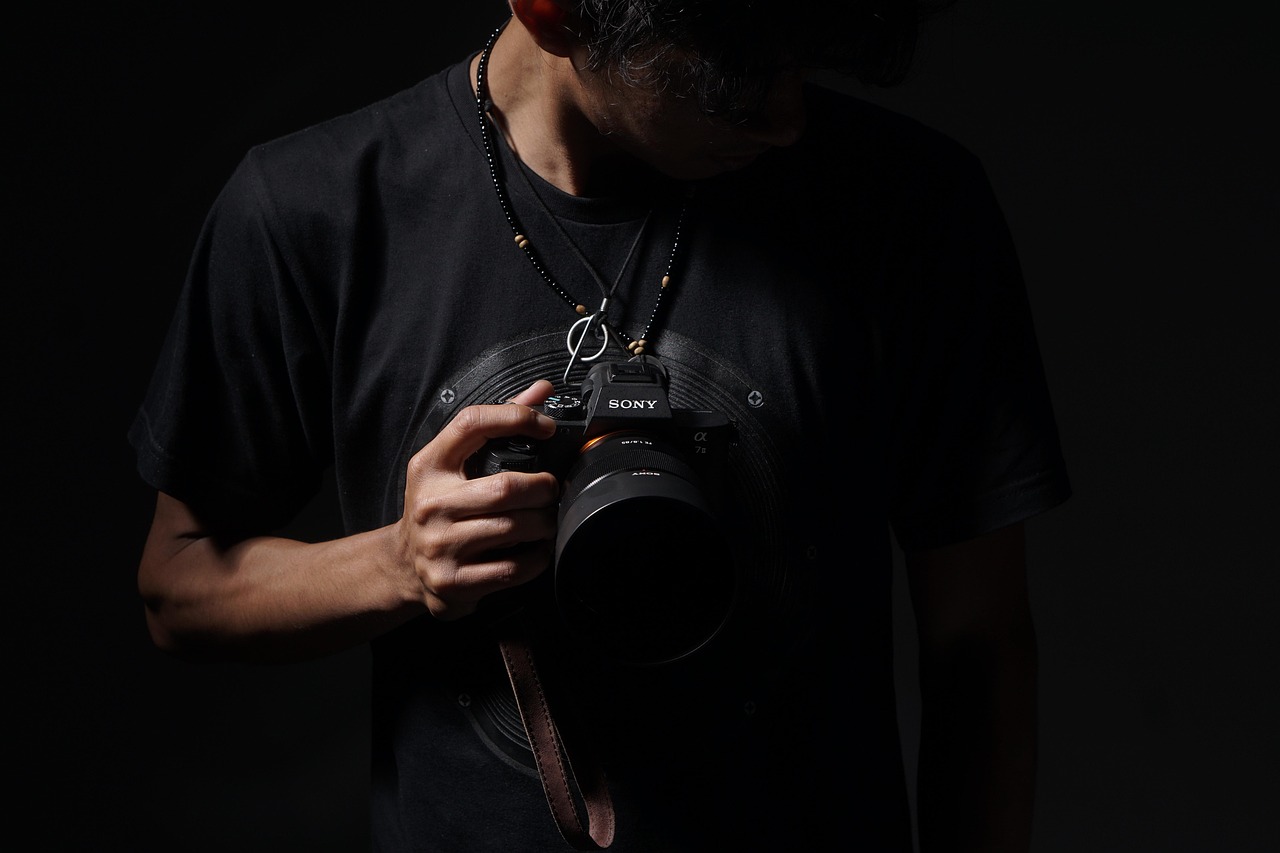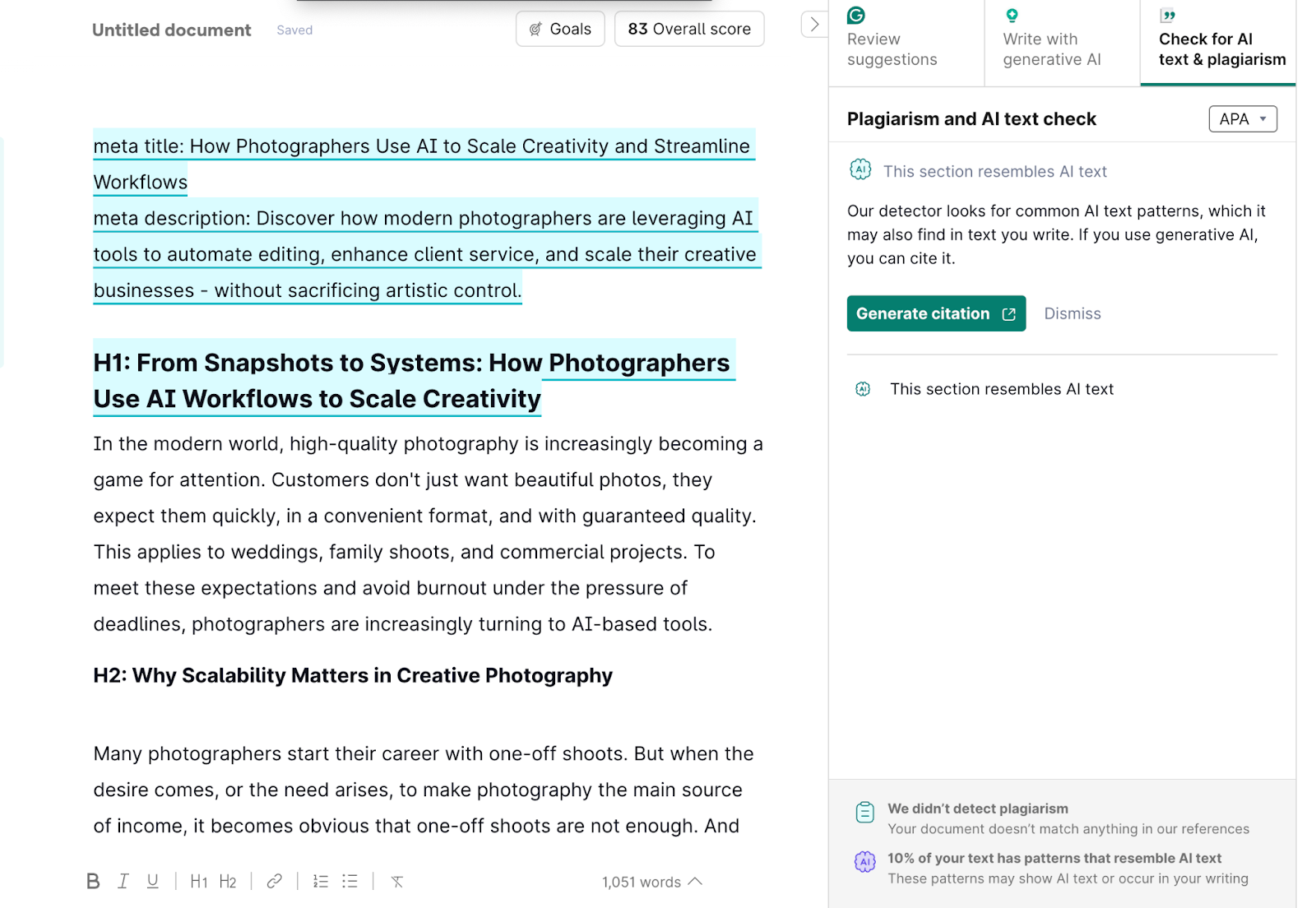

Photo: Freepik.com
In the modern world, high-quality photography is increasingly becoming a game for attention. Customers don't just want beautiful photos, they expect them quickly, in a convenient format, and with guaranteed quality. This applies to weddings, family shoots, and commercial projects. To meet these expectations and avoid burnout under the pressure of deadlines, photographers are increasingly turning to AI-based tools.
Why Scalability Matters in Creative Photography
Many photographers start their career with one-off shoots. But when the desire comes, or the need arises, to make photography the main source of income, it becomes obvious that one-off shoots are not enough. And this is where scalability becomes the ultimate.
What does this mean in practice? The ability to repeat a high-quality result over and over again, regardless of the volume of orders. When workflows are not automated, even the most talented photographer can easily get bogged down in a routine: you need to review a thousand shots, edit them, send previews manually, and correspond with clients. All this takes time and energy.
Scalability helps to avoid this. Thanks to clear systems and modern tools, a photographer can leave more energy for creativity, maintain the quality of work, and process more orders at the same time. And platforms such as OnlyMonster.ai help to scale the work without losing artistic integrity. Many photographers are already using this service to organize their archives and quickly deliver content, even to fan platforms.
Key AI-Powered Workflows for Modern Photographers
Modern photography is not only about the ability to capture the moment, but also about working efficiently with a large amount of material. This is where AI-based tools come in.
One of the first steps is to automatically select and tag images. After shooting, AI independently selects the most successful shots, filters out low-quality or repetitive shots, and adds tags for easy search. This significantly reduces the time that used to be spent manually sorting through hundreds of photos.
Next, you need to create batch editing templates. They allow you to apply a specified processing style to all the photos in a series, maintaining a single aesthetic and style of the photographer. Thanks to special tools, editing becomes fast and consistent, and the result is recognizable to the client.
Another important element is smart client galleries. AI not only automatically generates previews with watermarks, but also tracks which photos are most often viewed or added to favorites by the client. This allows you to better understand preferences and approve the final version faster.
Building a Client-Centric Delivery System
A successful photographer today must not only be able to take pictures, but also have a convenient service for the client. A professional approach starts from the moment the customer leaves a request and continues until the final materials are delivered. However, we believe that communication with the client should be continued in the future.
The first step is to automate invoicing and gallery creation. The client receives a clear invoice, as well as access to a convenient online gallery where they can view, download, or select photos.
The second step is personalized previews with captions that can be generated by AI. For example, platforms can create short texts for photos, provide recommendations on the choice of shots, or immediately offer photo book design.
The third step is to integrate feedback into project management systems. The client leaves a comment, and you see it immediately in the system, without any confusion in correspondence. This saves time and minimizes misunderstandings.
Metrics That Drive Growth for Creatives
To not only shoot beautifully but also to develop your creative business steadily, it is important for a photographer to focus on specific indicators. This is not about dry analytics, but about understanding what exactly affects the quality of images, customer satisfaction, and profitability.
One of the key indicators is the time to complete one project. The faster the client receives their results without compromising quality, the higher the level of trust and the likelihood of repeat business. AI and automated processes can significantly reduce this time.
The second important indicator is the level of first-time photo approval. If the client approves most of the photos without edits, it means that the style, processing, and presentation meet their expectations. Such a result is a credit to both the photographer's experience and well-established interaction processes.
The third point is repeat orders and recommendations. This is a direct indicator of loyalty. And finally, consistency in delivery - when a single style, color scheme, and level of processing is maintained regardless of the project.
Balancing Automation and Artistic Control
Automation is a really powerful support for a photographer. It saves hours of routine work, speeds up processing, and helps with organization. But it is important to remember: AI is just a tool, not a complete replacement for the creative eye. As in any artisanal business, everything is decided by nuance, sense of the moment, and individual style. This is exactly what AI is not yet able to do.
Therefore, every automated process should include checkpoints where the photographer reviews and, if necessary, corrects the result. For example, even if the color processing is done according to a template, it is important to make sure that it looks harmonious in this particular series. If the AI has selected the top 30 shots, you should quickly go through them to make sure that no important emotion or moment is lost. This balance is the key to not losing the live energy in the work, but rather to unleash it to the fullest.
Conclusion
Artificial intelligence and automation are not enemies of creativity, but its allies. They allow photographers to focus on creating unique stories through the lens instead of drowning in routine. When you have a clear system in place, you have more room for creativity, more satisfaction from your work, and, most importantly, more time to live off-screen. Scaling is not about losing your soul, but about stability, development, and confidence in the future.

















